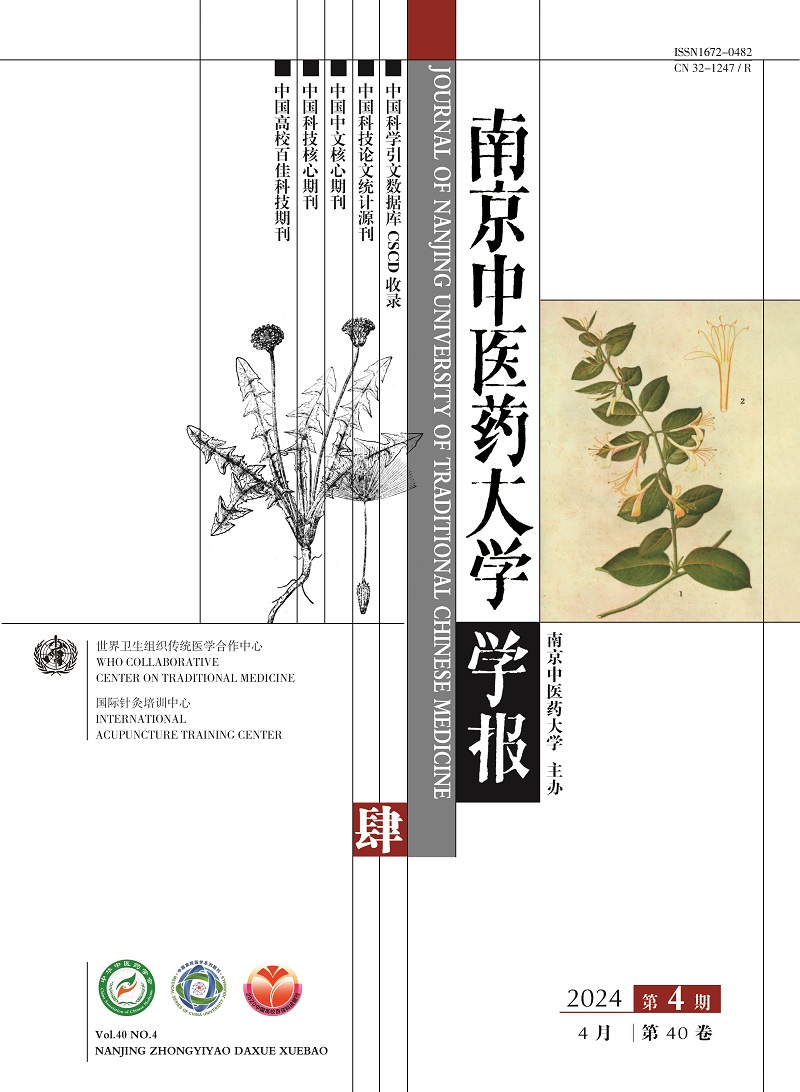2015 Vol. 31, No. 2
Display Method:
2015, 31(2): 101-103.
Abstract:
2015, 31(2): 104-107.
Abstract:
2015, 31(2): 108-109.
Abstract:
2015, 31(2): 110-113.
Abstract:
2015, 31(2): 114-117.
Abstract:
2015, 31(2): 118-121.
Abstract:
2015, 31(2): 126-128.
Abstract:
2015, 31(2): 129-133.
Abstract:
2015, 31(2): 134-137.
Abstract:
2015, 31(2): 138-142.
Abstract:
2015, 31(2): 143-146.
Abstract:
2015, 31(2): 147-151.
Abstract:
2015, 31(2): 152-155.
Abstract:
2015, 31(2): 156-159.
Abstract:
2015, 31(2): 160-164.
Abstract:
2015, 31(2): 165-169.
Abstract:
2015, 31(2): 170-173.
Abstract:
2015, 31(2): 174-178.
Abstract:
2015, 31(2): 179-182.
Abstract:
2015, 31(2): 183-186.
Abstract:
2015, 31(2): 187-189.
Abstract:
2015, 31(2): 190-193.
Abstract:
2015, 31(2): 194-196.
Abstract:
2015, 31(2): 197-200.
Abstract:



